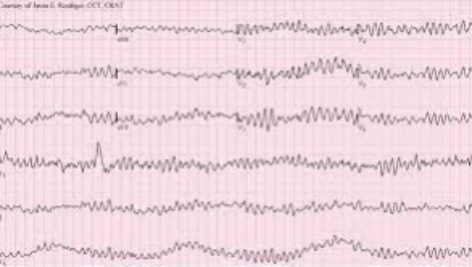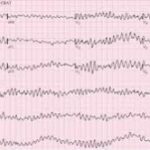توضیحات

این فایل در قالب پاورپوینت و در 88 اسلاید قابل ویرایش و به زبان انگلیسی تهیه و تقدیم می گردد.
این فایل جهت همکاران پرستار شاغل در بخش های مراقبت های ویژه و اساتید گرامی و دانشجویان محترم پرستاری و سایر رشته های پیراپزشکی جهت تدریس و برگزاری کارگاه آموزشی با مبحث مدیریت برادی کاردی و تاکی کاردی علامت دار به همراه تصاویر متعدد آموزشی تهیه گردیده است .
بخشی از مطالب این فایل در زیر تقدیم می گردد .
Narrow–QRS-complex (SVT) tachycardias ( QRS <0.12 second ) in order of frequency
— Sinus tachycardia
— Atrial fibrillation
— Atrial flutter
— AV nodal reentry
— Accessory pathway–mediated tachycardia
— Atrial tachycardia (ectopic and reentrant)
— Multifocal atrial tachycardia (MAT)
— Junctional tachycardia
Synchronized cardioversion is recommended to treat
(1) unstable SVT due to reentry
(2) unstable atrial fibrillation
(3) unstable atrial flutter
(4) unstable monomorphic (regular) VT
The most common forms of wide-complex tachycardia are
- لینک دانلود فایل بلافاصله بعد از پرداخت وجه به نمایش در خواهد آمد.
- همچنین لینک دانلود به ایمیل شما ارسال خواهد شد به همین دلیل ایمیل خود را به دقت وارد نمایید.
- ممکن است ایمیل ارسالی به پوشه اسپم یا Bulk ایمیل شما ارسال شده باشد.
- در صورتی که به هر دلیلی موفق به دانلود فایل مورد نظر نشدید با ما تماس بگیرید.
 پرشین فایل | مرجع دانلود فایل
پرشین فایل | مرجع دانلود فایل


دیدگاهها
هیچ دیدگاهی برای این محصول نوشته نشده است.